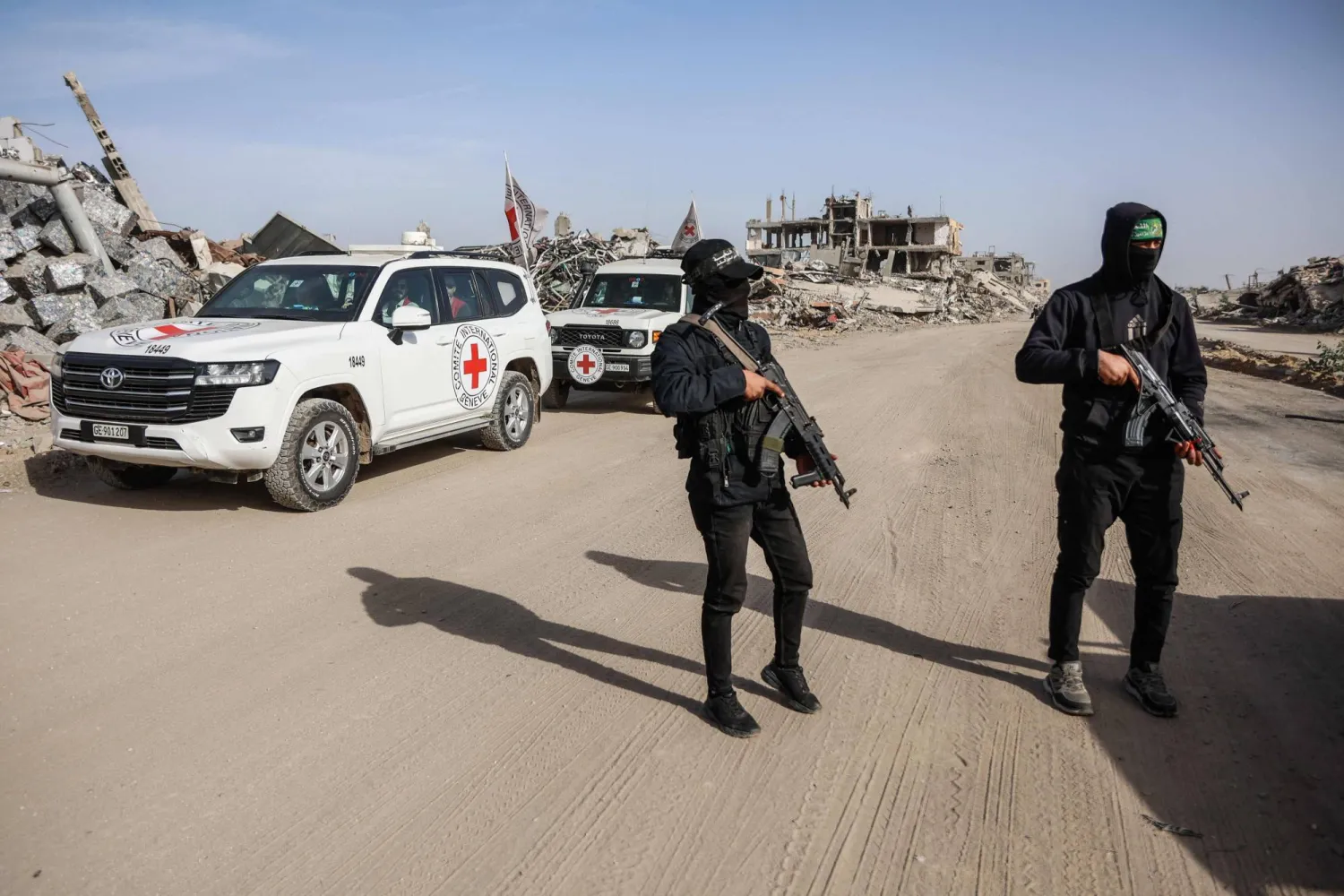At least 73 people have died of mysterious causes in the Sudanese town of al-Hilaliya, besieged by the paramilitary Rapid Support Forces, the Sudanese Doctors Union said late on Wednesday.
It is one of dozens of villages that have come under attack in eastern El Jezira state since the defection of a top RSF commander to the army, which prompted revenge attacks that have displaced more than 135,000 people.
The war between the two forces has created the world's largest humanitarian crisis, displacing more than 11 million and plunging more into hunger while drawing in foreign powers and prompting fears of state collapse, Reuters said.
While high death tolls in other parts of Jezira came as a result of RSF shelling and gunfire, in Hilaliya people have fallen ill with diarrhea, overwhelming a local hospital according to the union and three people from the area.
A network blackout enforced by the RSF has made it difficult to determine the exact cause.
One man who spoke to Reuters said three of his family members had died of the same illness, but he only found out days later when others escaped to an area with internet access.
Those who wish to leave must pay high sums at RSF checkpoints, said another man.
According to pro-democracy activists, the siege began on Oct. 29 when the RSF raided the town, killing five and surrounding residents inside three mosques.
Hilaliya is home to the family of defected commander Abuagla Keikal, which locals say may explain the siege of a previously stable trade hub that had housed 50,000 people, including many displaced from other areas.
The town's markets and warehouses were looted, witnesses said.
Satellite imagery from a Yale Humanitarian Lab report showed rapid increase in cemeteries in several Jezira towns since the latest revenge attacks began in late October. It also showed evidence of the burning of agricultural fields in the village of Azrag.
Dozens Die of Mysterious Illness in Besieged Sudan Town

FILE PHOTO: Sudanese people, displaced from Jezira state due to RSF violence, sit under a tree in New Halfa, Kassala state, Sudan, November 3, 2024. REUTERS/El Tayeb Siddig/File Photo

Dozens Die of Mysterious Illness in Besieged Sudan Town

FILE PHOTO: Sudanese people, displaced from Jezira state due to RSF violence, sit under a tree in New Halfa, Kassala state, Sudan, November 3, 2024. REUTERS/El Tayeb Siddig/File Photo
لم تشترك بعد
انشئ حساباً خاصاً بك لتحصل على أخبار مخصصة لك ولتتمتع بخاصية حفظ المقالات وتتلقى نشراتنا البريدية المتنوعة







